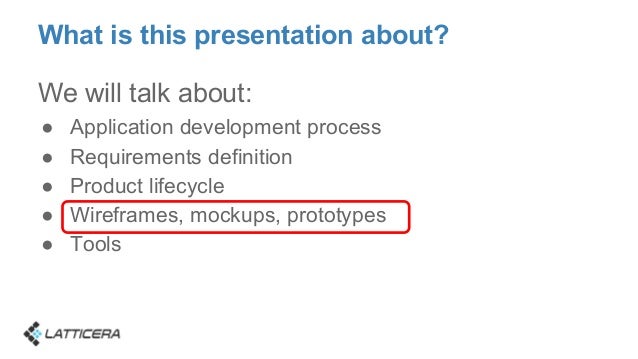Software Requirements 2 Karl Wiegers Pdf Free Download
Posted By admin On 01.09.19
Software Requirements 2 Karl Wiegers Pdf Free Download
Publisher Description
Oct 22, 2017. CHAPTER 1 The essential software requirement. CHAPTER 2 Requirements from the customer's perspective. CHAPTER 3 Good practices for requirements engineering. Scarbee rickenbacker bass rapidshare download. CHAPTER 4 The business analyst. PART II REQUIREMENTS DEVELOPMENT:- CHAPTER 5 Establishing the business requirements. In software and systems engineering, a use case is a list of actions or event steps typically defining the interactions between a role (known in the Unified Modeling.
Now in its third edition, this classic guide to software requirements engineering has been fully updated with new topics, examples, and guidance. Two leaders in the requirements community have teamed up to deliver a contemporary set of practices covering the full range of requirements development and management activities on software projects.
Describes practical, effective, field-tested techniques for managing the requirements engineering process from end to end. Provides examples demonstrating how requirements 'good practices' can lead to fewer change requests, higher customer satisfaction, and lower development costs. Fully updated with contemporary examples and many new practices and techniques. Describes how to apply effective requirements practices to agile projects and numerous other special project situations. Targeted to business analysts, developers, project managers, and other software project stakeholders who have a general understanding of the software development process. Shares the insights gleaned from the authors’ extensive experience delivering hundreds of software-requirements training courses, presentations, and webinars.
New chapters are included on specifying data requirements, writing high-quality functional requirements, and requirements reuse. Considerable depth has been added on business requirements, elicitation techniques, and nonfunctional requirements. In addition, new chapters recommend effective requirements practices for various special project situations, including enhancement and replacement, packaged solutions, outsourced, business process automation, analytics and reporting, and embedded and other real-time systems projects.